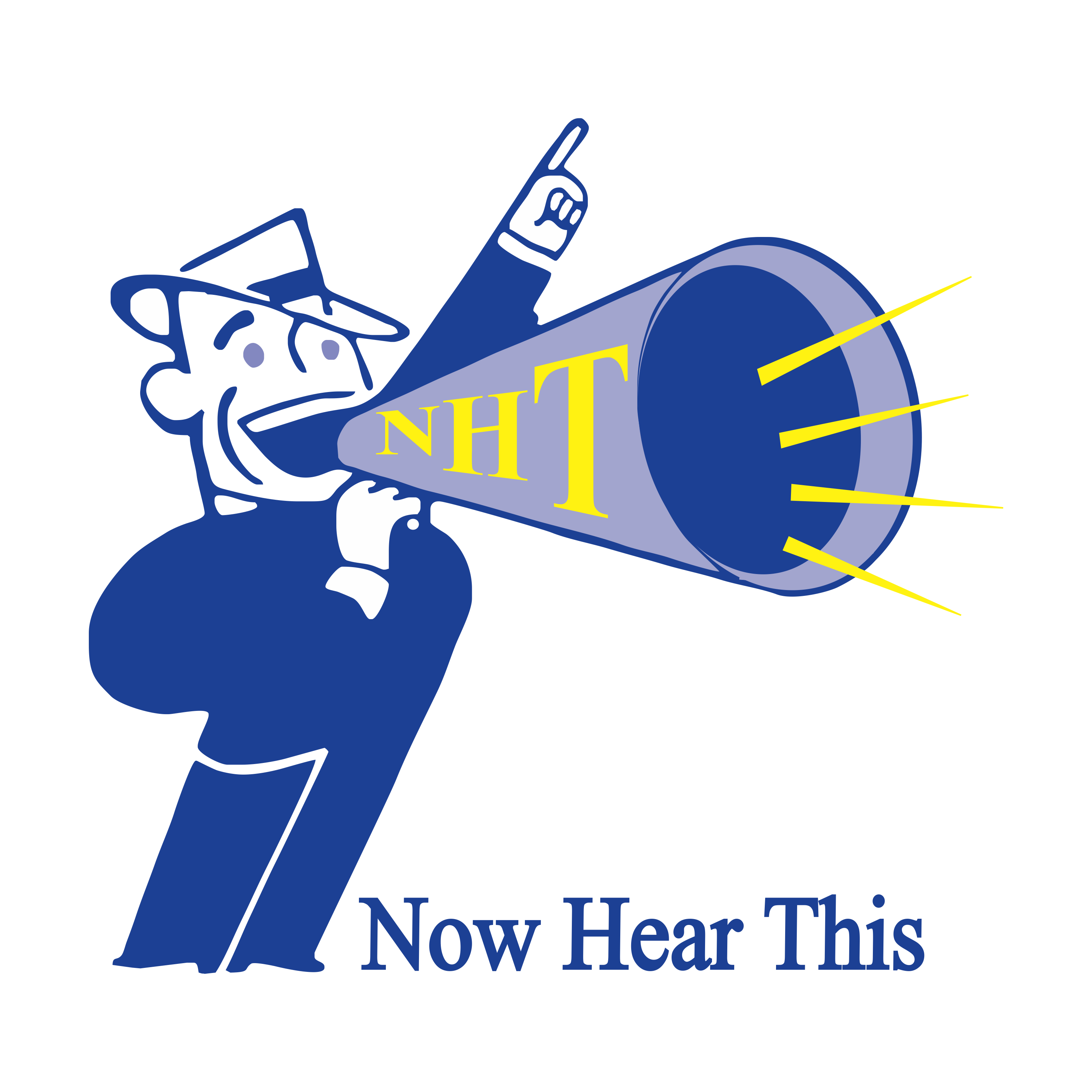 I was logged in recently looking at the data for one of my clients and the sales of that artist’s CDs. I will save the Spotify opinion for another blog some other day, but am always pleased to at least be able to see such a vast array of distribution that those releases are getting purchases or streams from.
I was logged in recently looking at the data for one of my clients and the sales of that artist’s CDs. I will save the Spotify opinion for another blog some other day, but am always pleased to at least be able to see such a vast array of distribution that those releases are getting purchases or streams from.
It’s not unlike when I log into and view the site traffic numbers for this website. There’s a lot there to look at, similar to those of you who are using Google Analytics.
Any artist who’s recording to sell music, whether it’s one or more singles, an EP, a full album, or some combination thereof, is always going to focus on sales. It’s natural but it’s also something that one can become too obsessive about. Sure, it’s not just curiosity, it’s about making money to pay bills and further your career. But, don’t let that be the only way you measure your success and whether people are listening to and liking you and your music.
Of course heavy Web traffic in and of itself doesn’t pay the bills, but, it can help tell you if you’re getting people’s attention.
Yes, you should also be closely monitoring your social media too. As I heard over and over when I was in San Diego recently for Social Media Marketing World, there are a number of benchmarks you can look at there to make sure that you’re best positioning yourself for engagement.
Of course they all tie together. People engage with you on social media, you drive them to your website, and from there they purchase your music. It doesn’t have to happen in that order since, yes, you’re ultimately trying to get paid from CD sales or live show bookings (the latter of which lead to the former, of course). But that’s why you closely monitor what’s happening where.
Are people landing on your website and then leaving from the same page? If so, why? Is there a page on your site that you thought would be heavily trafficked but isn’t? In that case, what can you do to give yourself a better chance at that happening?
I was inspired to write on this subject today by some interaction with the Now Hear This Web developer this weekend. He and I and the rest of us know that the idea is to get people to stay on your site, not look at your latest post and then leave. So, give them reasons – give them links – to look at other content on your site. If, for example, you’re going to reference your live shows, don’t just hope that site visitors will look for something in your site navigation to get there, give them the link to it.
It should go without saying that your site needs to be mobile friendly too. To that end, you should also be checking your own site across multiple devices to see what users are experiencing when they view it from their phone, tablet, or laptop.
SEO and engagement are two terms you hear thrown around constantly but they’re important if you’re ultimately going to see website and social media visitors become buyers and/or bookers.
Bruce
6 June 2016
By: Bruce Wawrzyniak
